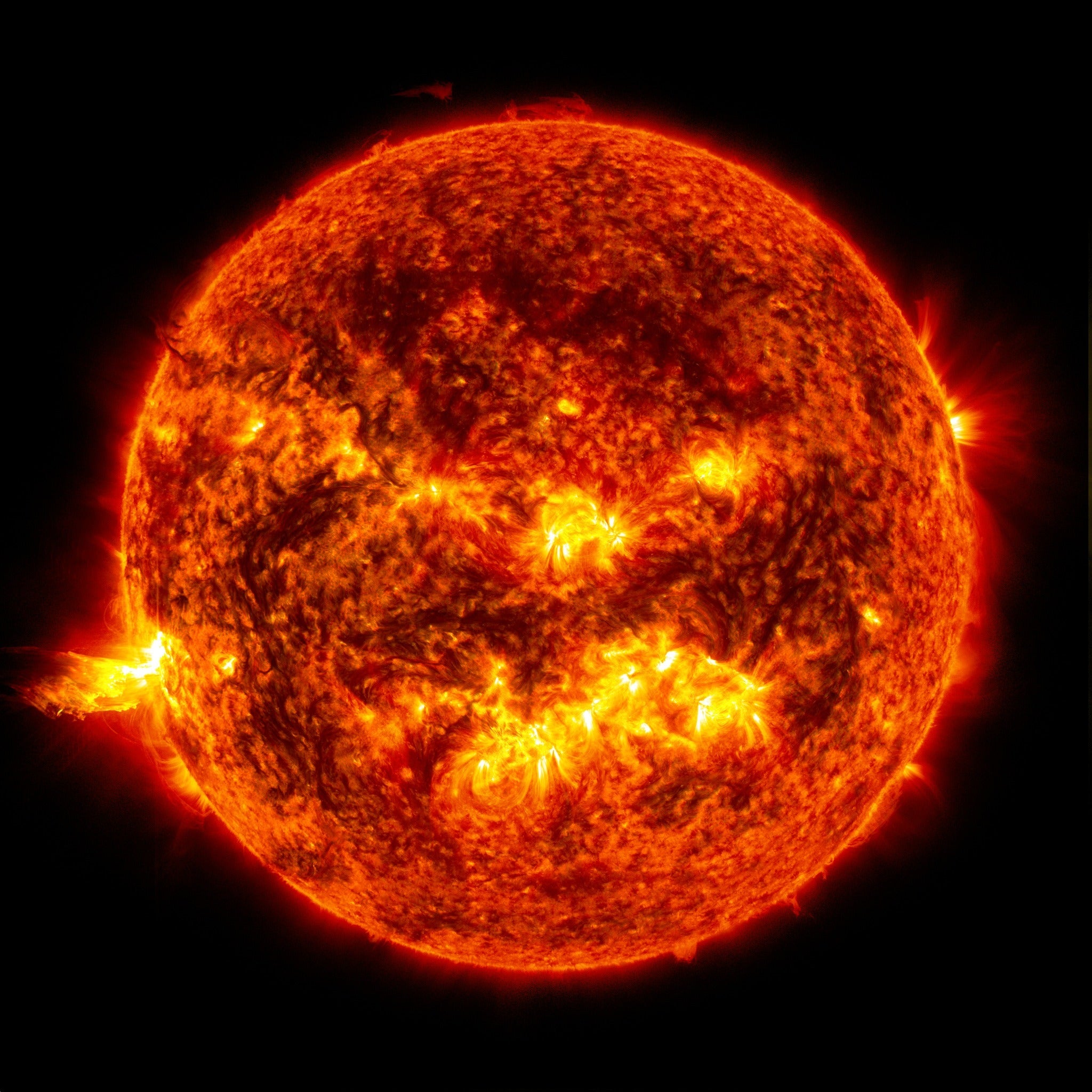
This 2013 image shows bright light from a solar flare on the left side of the sun and an eruption of solar material passing through the sun's atmosphere, called a prominence flare. Credit: NASA/Goddard/SDO.
Our Sun is far from being a smooth white ball in the sky. Twisted and looping magnetic field lines rise from its surface like hair, causing dark, transient spots on the surface called Sunspots wherever they arise. On particularly turbulent days, the Sun spews out intense bursts of radiation like those that recently graced Earth with spectacular and impressive auroras. Those solar storms, the strongest in two decades, also caused breakdowns in the navigation systems of agricultural equipment, which rely on precise GPS signals from satellites to precisely distribute seeds in straight rows.
“While the recent solar storms were powerful, we are concerned about even more powerful storms like the Carrington event“said Daniel Lecoanet of Northwestern University in Evanston, Illinois, in a statement. “If a storm of similar intensity were to hit the United States today, it would cause an estimated $1 to $2 trillion in damage.”
Accurately predicting dangerous solar storms depends on understanding how the Sun's magnetic field works. But its origins remain unclear despite decades of observation.
Now, a new simulation of the Sun's magnetic field created by an international team of astronomers that includes Vasil and Lecoanet shows that activity in the Sun's outermost layers produces the magnetic field at a depth of 32,180 kilometers (20,000 miles) below its surface. The work was published on May 22 in Nature.
“We show that isolated perturbations near the Sun's surface, far from the deeper layers, can grow over time to potentially produce the magnetic structures we see,” said study co-author Keaton Burns at MIT.
Additionally, unlike its predecessors, the new simulation was also able to reproduce the positions and times of sunspots that astronomers have tracked since the time of Galileo. Because it predicts sunspots and magnetic field patterns similar to those we've observed, scientists say the new simulation can help us forecast better powerful solar storms.
A shallow magnetic field
Previous theories suggested that the Sun's magnetic field originates deep within our star, about 130,000 miles (209,214 kilometers) beneath its surface. However, solar dynamo modelsScientists, who are designed to reproduce the dynamics of the Sun's magnetic field and built on those theories, predict certain never-observed features of the Sun, such as stronger magnetic fields near its poles rather than its equator.
“We know that the dynamo acts like a giant clock with many complex interacting parts,” said Geoffrey Vasil, a researcher at the University of Edinburgh in Scotland. “But we don't know many of the pieces or how they fit together.”
That earlier work modeled the movement of superheated plasma through many layers of the Sun. But the new research simulates plasma flows in only the top 5 to 10 percent of the Sun's structure. The researchers say the new simulation is unique because It takes into account the Sun's notably skewed magnetic field, which exhibits a cyclical pattern of plasma flows in and around the Sun known as torsional oscillations.
“The traditional 'deep theory' of the solar magnetic field does not explain where these torsional oscillations come from,” Lecoanet said, adding that these waves only occur near the surface of the Sun. “Our hypothesis is that the magnetic cycle and oscillations of torsion are different manifestations of the same physical process.
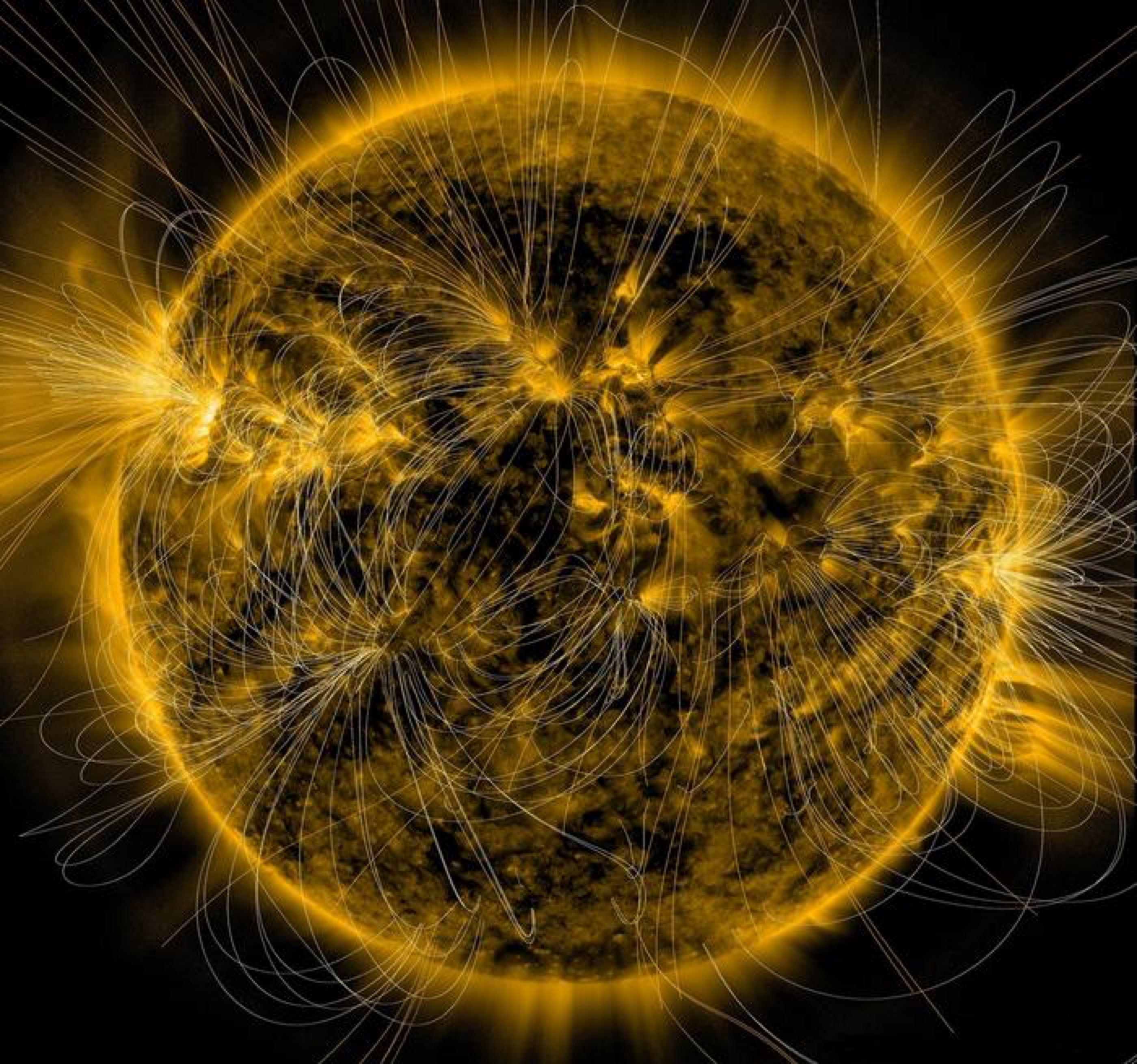
rotating plasma
To develop their model, the team studied data from helioseismology, which records the Sun's vibrations, to determine how ionized gas flows and distributes just below the surface. “If you take a video of a drum and watch it vibrate in slow motion, you can determine the shape and stiffness of the head from the vibration modes,” Burns said. “Similarly, we can use the vibrations we see on the solar surface to infer the average structure inside.”
Burns and his colleagues discovered that this structure can be compared to an onion, with layers swirling on top of each other. The researchers modeled perturbations in these plasma flows and found that the movements in the outermost layers of the Sun are similar to the way matter spins in an accretion disk around a black hole. And the rotation of these flows could generate instabilities that would ultimately generate the Sun's magnetic field, the researchers say.
“I think this result may be controversial,” Burns added. “Most of the community has focused on finding dynamo action deep in the Sun. Now we are showing that there is a different mechanism that seems to match the observations better.”







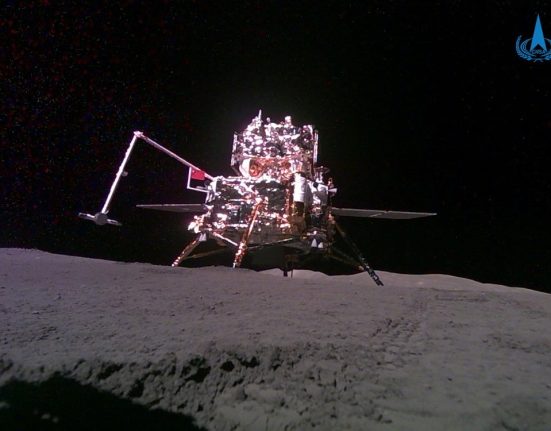

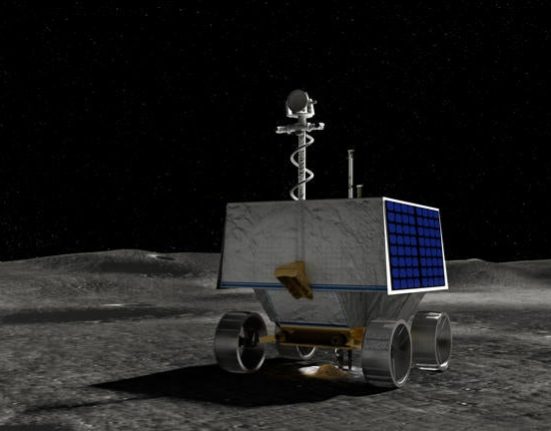
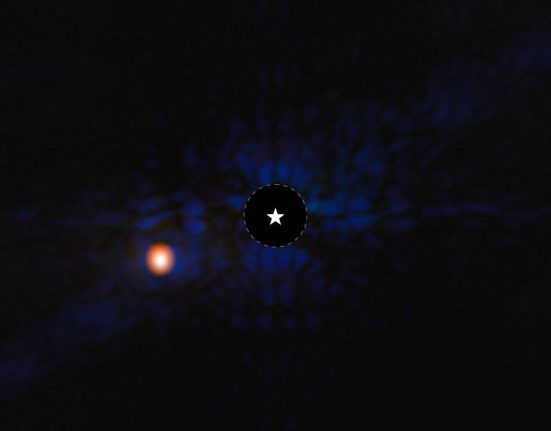

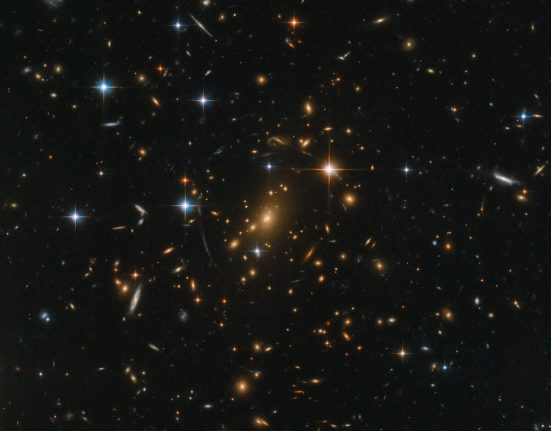
Leave feedback about this